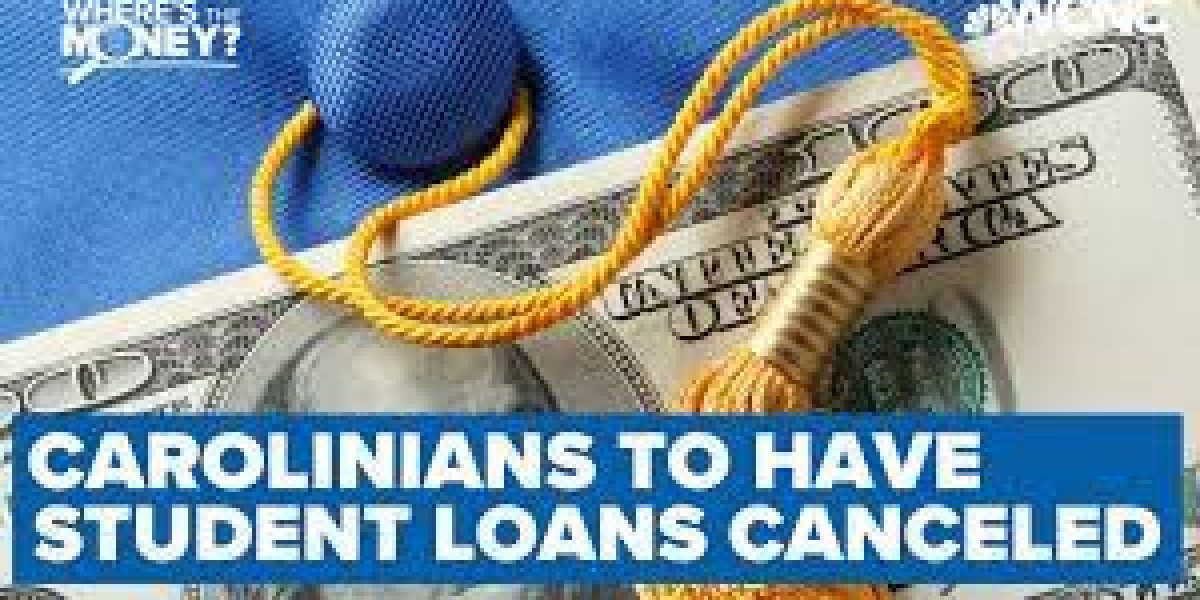Introduction
Student loan forgiveness programs have gained significant attention in recent years as the burden of student loan debt continues to weigh on millions of Americans. These programs offer relief to borrowers by forgiving a portion or, in some cases, the entirety of their student loan debt. In this comprehensive guide, we will explore the various student loan forgiveness programs available, eligibility criteria, and the potential implications for borrowers and the economy.
I. Public Service Loan Forgiveness (PSLF)
Public Service Loan Forgiveness (PSLF) is one of the most well-known student loan forgiveness programs. It was designed to encourage individuals to pursue careers in public service. Under PSLF, borrowers who work in qualifying public service jobs, such as government or non-profit organizations, may have their remaining federal student loan balance forgiven after making 120 qualifying payments.
Eligibility for PSLF:
- Full-time employment in a qualifying public service job.
- Borrowers must have Direct Loans.
- Make 120 on-time payments under a qualifying repayment plan.
II. Teacher Loan Forgiveness
Teacher Loan Forgiveness is a program aimed at providing relief to teachers who work in low-income schools or educational service agencies. Qualified teachers may receive forgiveness of up to $17,500 on their federal student loans.
Eligibility for Teacher Loan Forgiveness:
- Be a highly qualified teacher.
- Work in a low-income school or educational service agency.
- Teach for five consecutive years.
III. Income-Driven Repayment Plans
Income-Driven Repayment Plans (IDRs) are designed to make loan repayment more manageable for borrowers with high student loan debt relative to their income. These plans include Income-Based Repayment (IBR), Pay As You Earn (PAYE), and Revised Pay As You Earn (REPAYE). After making payments for 20 or 25 years (depending on the plan), any remaining balance is forgiven.
Eligibility for IDR forgiveness:
- Enroll in an IDR plan.
- Make payments based on your income for the required number of years.
IV. Borrower Defense to Repayment
The Borrower Defense to Repayment program offers loan forgiveness to students who attended schools engaged in fraudulent or deceptive practices. If your school misled you or engaged in misconduct, you may be eligible for loan forgiveness.
Eligibility for Borrower Defense to Repayment:
- Provide evidence of school misconduct.
- Demonstrate financial harm due to the school's actions.
V. Closed School Discharge
Closed School Discharge provides relief to students whose schools closed while they were enrolled or shortly after they withdrew. If you were unable to complete your program due to the school's closure, your federal student loans may be discharged.
Eligibility for Closed School Discharge:
- School closure within a specific timeframe.
- Not transferring credits to another institution.
VI. Total and Permanent Disability Discharge
Total and Permanent Disability Discharge is available to borrowers who are unable to work due to a total and permanent disability. If you meet the criteria, your federal student loans may be discharged.
Eligibility for Total and Permanent Disability Discharge:
- Provide documentation of disability from a qualified physician.
- Unable to engage in substantial gainful activity.
VII. State-Specific Loan Forgiveness Programs
Many states offer their own student loan forgiveness programs targeting various professions, such as healthcare, education, and public service. These programs often require individuals to work in underserved areas in exchange for loan forgiveness.
Eligibility for State-Specific Loan Forgiveness Programs:
- Meet state-specific criteria, including residency and profession.
VIII. Military Service Loan Forgiveness
Members of the military may be eligible for various loan forgiveness programs, such as the Military Service Loan Forgiveness Program, which offers forgiveness for federal student loans to service members based on their years of service.
Eligibility for Military Service Loan Forgiveness:
- Serve in the military for a specified period.
- Meet other service-related criteria.
IX. Implications of Student Loan Forgiveness
While student loan forgiveness programs offer relief to borrowers, they also have implications for individuals, the economy, and the education system:
Economic Impact:
- Reduced debt burden can stimulate consumer spending and economic growth.
- Potential strain on the federal budget due to forgiven loans.
Access to Education:
- Forgiveness programs may influence students' decisions on higher education.
- Encourage more individuals to pursue careers in public service and education.
Long-term Financial Planning:
- Borrowers should consider the tax implications of forgiveness.
- Relying on forgiveness may discourage responsible financial planning.
Eligibility Challenges:
- Complex eligibility criteria may exclude some borrowers.
- Changes in regulations can affect program availability.
Conclusion
Student loan forgiveness programs play a crucial role in alleviating the burden of student loan debt for many individuals. By exploring the various programs and their eligibility criteria, borrowers can make informed decisions about pursuing forgiveness options. However, it's essential to consider the potential long-term financial and economic implications of these programs and plan accordingly. As the landscape of student loan forgiveness continues to evolve, staying informed about policy changes is vital for borrowers seeking relief.



